Are you planning your next marketing campaign to take your business ahead? If yes, then we have some great tips for you which will help you make a concrete impression by optimising landing pages for your brand’s campaign. It is believed that you have just a fraction of a second to make your impression, which means that you need to create something astonishing to ensure visitors stay longer on your website/page while driving sales.Â
It is also recommended that you convey your point clearly to viewers via your landing page or else face the risk of visitors moving away. Well, there are scores of reasons why your marketing campaigns are not able to provide results, and not optimising landing pages is one of them. Through this post, we will talk about how to improve marketing campaigns by optimizing your landing page.Â
What are landing pages?
Landing pages are where visitors land after clicking on the link given in your marketing campaign – for example, emails, ads, social media campaigns, etc. On a landing page, customer interactions with your brand take place. Therefore, your whole focus should be on making a great impression. When visitors land on a landing page, it gives them a chance to decide on their further actions by evaluating your brand.Â
Best tips for optimising landing pages performance:
Get straight to the point
When a visitor lands on your page, he/she comes with certain expectations. Therefore, you need to be sure that they find what they are looking for. To deliver the best to visitors, you need to:
- Provide worthy and convincing content
- Ensure that the landing page is as per the ads leading to the same
- Keep the content interesting enough to engage the target audience
- Avoid adding links leading to other pages which might make visitors move away from your CTA
The size of the form
If you are going to use a form on your landing page, then make sure that you keep it small and concise. Well, visitors avoid filling lengthy forms and if you don’t want your visitors to move away, ask for only relevant information. To get the best out of your forms, you need to first analyze what sort of data you want to collect. Then, use only necessary data fields while avoiding placing your form at the end of the landing page.Â
Crisp CTA
When it comes to CTA or call-to-action, simplicity is the key. Therefore, keep your landing page’s CTA as simple as possible so that it becomes easier for your lead to do things like signing for a newsletter, downloading any resource and filling in an application. All in all, your CTA should be easily identifiable while being short, clear and actionable. You can also choose to repeat the CTA if you are expecting visitors to scroll through your page.Â
Mobile-friendly
The majority of people prefer to use their smartphones to go through different websites and pages. Therefore, having a slow loading page is not an option. You must think about having a short page load time, precisely below 5 seconds to prevent visitors from navigating away from your landing page. For the same, you must optimize your page for mobile browsing for better lead generation and potential conversions. Besides, you also need to ensure that your CTA is placed within the first 75 words on your mobile landing page.Â
Do follow up
Your job is not just limited to creating a compelling landing page. Once you witness a high conversion rate, you should regularly follow up with visitors to maintain their interest in your brand. For the same, you need to build a trustworthy relationship by sending them follow-up messages and emails to make sure that the requested action has been taken. You also need to be in constant touch with visitors while thinking about adding value using resources like infographics, ebooks, etc.Â
Conclusion: Optimising Landing Pages requires test runs
You just cannot stick to a single format when it comes to landing page optimization. There are many landing page variations that you need to try to get expected conversion rates. Therefore, testing a landing page will let you figure out the best ways to fine-tune your content by split-testing the elements of the landing page, experimenting with the content and tweaking the landing page at regular intervals.

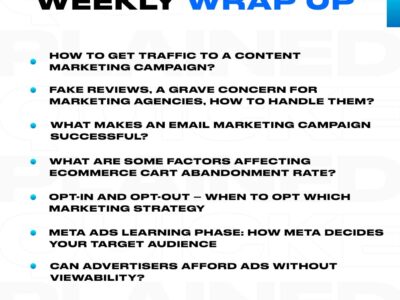
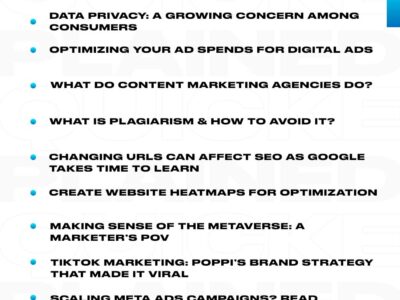
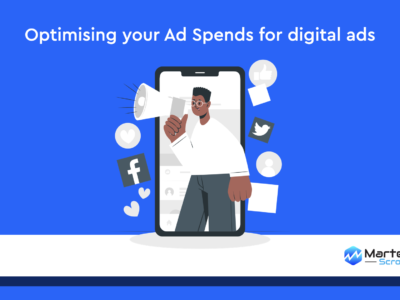
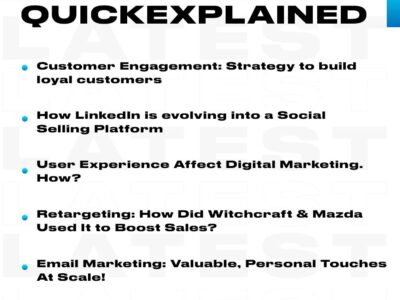
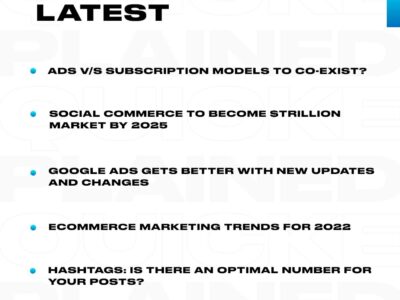

Comments